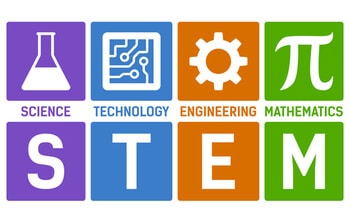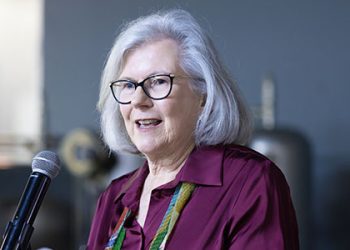Alex Rose-Innes
With the discrepancies between the South African (SA) Department of Basic Education’s (DBE) report on the performance of last year’s Grade 12’s math and science performance versus global reviews, published by various expert panels and national media, it is clear that while the DBE considers the latest results as an improvement, SA’s learners have a long way to go to be able to face up to their peers.
What needs to be done?
A discussion forum led by professionals in science, engineering and technology (proSET) was already held in 2017 to address this issue. ProSET presents professional bodies and learned societies, an arm of the National Science and Technology Forum.

The chairperson of NFT’ S black science, technology and engineering programme (BSTEP), Mpho Madisha, told delegates that language is a critical element in understanding physical sciences and mathematics. He made it clear that in SA, in order to address the shortage of STEM students, support programmes should be implemented in student chapters as well as initiatives in STEM fields in townships and rural areas.
The Black Science, Technology and Engineering (BSTEP) Programme is a non-profit advocacy organisation aiming to advance black excellence in science, engineering, technology and innovation. BSTEP is also involved in the expansion and enhancement of professional and business networks and engaged in several intervention projects.
BSTEP had adopted an approach to language developed by Prof Okhee Lee of New York University that language is more than vocabulary; it is a discourse. The discourse of scientists and engineers can be very confusing to students, particularly those already struggling with a second language. There are challenges in applying theories if the basics are not understood.
The use of terms between engineering and mathematics make student understanding even more difficult. Nuances of language are not only challenging to students using a second language, but even to those with English as a first language. Students have a basic understanding of vocabulary, but there are often problems in applying it. “While students may understand the individual words, they may not necessarily understand the discourse with second language speakers at a particular disadvantage,” Madisha said.
The use and understanding of a STEM vocabulary is of concern and well-trained educators are critical. The BSTEP programmes are designed to augment teaching, but, according to a report on the Forum, published by Dirk van Schalkwyk, an educator, “often misconceptions conveyed by teachers have to be unlearned.”

Language and STEM to be taught in conjunction
The model developed by Prof Lee considers mathematics, science and language together. The discourse and text are presented in conjunction with language. Students need to learn mathematical models, think abstractly, carry out 3D visualisation and engage in argument and explanation across disciplines and this is more difficult without adequate language skills. Any ambiguity in the language used in tests and examination papers affect the results.
As part of the Nka’Thuto programme, students engage in research and report on their findings in their home languages. An environment is created in which students can exchange ideas in their own language with this freedom stimulating depth of thinking.
While most of this paper and the Forum focused on university students, it is clear that problems experienced in STEM in higher tertiary education, stems from poor schooling. Certain valuable point were noted which would go a long way towards realising a return on investment in education. These include:
• Critical terms and phrases should be identified to establish threshold knowledge, initially in English but also in African languages
• Students need opportunities to speak, read, write and listen to STEM vocabulary
• Sometimes words prevent students from solving tasks which are not even STEM related
• Socio-economic issues should be addressed
• Science has to be fun, and students need to be intrinsically motivated
• Language has to be part of a learning plan, not an afterthought
• Consider science fiction as a discourse that people can identify with, especially the emerging African science fiction writers. Perhaps have a science fiction novel as a set work
• Emphasise enquiry-based learning, which provides stimulation and motivation and allows learning of concepts.
• Emulate the Next Generation General Science Standards of the American Association for the Advancement of Science, which could introduce the concept of discourse in SA. These standards are based on learners not using their first language
How SA learners perceive intervention programmes
Students had shown mixed responses to extended programmes. Some are appreciative, while others consider such programmes a waste of time. However, statistics indicate that extended programmes are indeed resulting in better performance.
Educators agree that it is time the DBE take hands with professionals and higher tertiary establishments (universities) in order to root out long-term problems as a result of poor scholastic performance and teaching. Not only will this benefit the next generation, but SA as a whole. The fact that most of these programmes had either not been adopted or are not producing results, is extremely worrisome.







